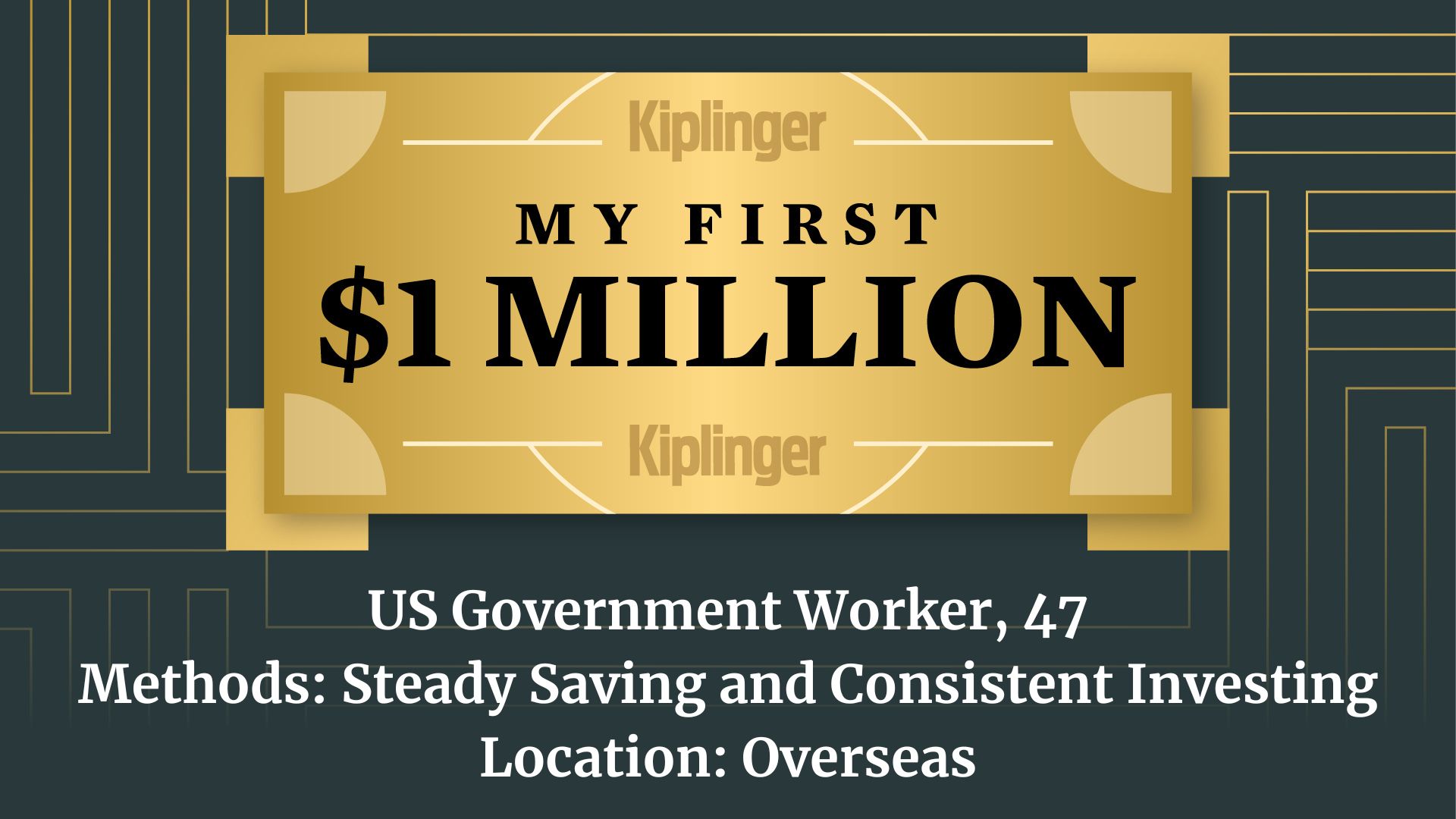What Now for Precious Metals?
Gold still glows, but even after a selloff, silver looks pricey.

Are precious metals losing their appeal or simply staggering after a stunning climb to the top of the investment heap? The surprise answer: It's a mixed bag.
Both gold and silver, derided by many experts as “extremist” investments less than a decade ago, had been on a tear. But when the price of silver briefly approached $50 an ounce in late April, worries about rampant speculation prompted U.S. commodities exchanges to require traders to put up more cash, raising the cost of buying the metal. That triggered a vicious selloff in early May that slashed silver’s price by 30% in just one week.
Until the setback, the same factors had been driving up both gold and silver, says Russ Koesterich, chief global strategist at iShares. Precious metals are considered insurance against inflation and a crumbling dollar. With countries around the world running huge budget deficits and printing money like mad -- actions that tend to whittle away the value of a currency -- it’s little wonder that both metals have thrived.
From just $107.88 $24.99 for Kiplinger Personal Finance
Become a smarter, better informed investor. Subscribe from just $107.88 $24.99, plus get up to 4 Special Issues

Sign up for Kiplinger’s Free Newsletters
Profit and prosper with the best of expert advice on investing, taxes, retirement, personal finance and more - straight to your e-mail.
Profit and prosper with the best of expert advice - straight to your e-mail.
Silver has long been considered the poor man’s gold because an ounce typically sells for 1.8% of the price of the yellow metal, says Koesterich. But at a May 11 price of $35, silver is selling for about 2.3% of the price of gold, suggesting that silver is overvalued by historical standards.
Admittedly, silver has industrial uses that gold does not. But there’s been no rapid surge in industrial demand to account for the mismatch in gold and silver pricing, says Michael Fuljenz, president of Universal Coin & Bullion, in Beaumont, Tex. “I would hesitate to put any money in something that’s risen that much without any fundamental reason to drive the price,” he says. “The rise went too far, too fast.”
Many experts predict that gold, on the other hand, has room to rise. Stephen Freedman, head of investment strategy at UBS Wealth Management, sees gold at $1,650 an ounce within a year, up from $1,502 on May 11.
Precious metals are part of a broad basket of commodities that belong in almost every portfolio to help cope with the ravages of a devalued dollar and inflation, says John Cadigan, managing director of Rydex/SGI Investments. “I call it angry investing,” he says. “When you are standing at the gasoline pump cursing the $4 you’re paying per gallon, the only way to fight back is to own some of that thing that’s risen so much in price.”
Cadigan expects commodity prices to continue to rise, largely because of rapid economic growth in Brazil, Russia, India and China (the so-called BRIC nations), where billions of consumers are entering the middle class for the first time and boosting the worldwide demand for products such as meat and wheat.
But he cautions against putting too much of your commodity dollars into precious metals. The reason: Prices of precious metals tend to swing based on emotional issues -- in particular fear and greed -- rather than due to supply and demand factors. That makes metal prices more volatile and less predictable than the price of, say, corn, cotton or pork bellies. “If you are trying to build an inflation hedge, putting 10% in commodities is very prudent,” Cadigan says. “But if the commodity part of your portfolio is only in gold or silver, you are changing the risk profile of your portfolio and increasing volatility, rather than reducing it.”
Our favorite vehicle for owning a broad basket of commodities is Harbor Commodity Real Return Strategy (symbol HACMX), a member of the Kiplinger 25. If you want to put a small amount of your money into gold, buy iShares Gold Trust (IAU), an exchange-traded fund that tracks the price of the metal and charges only 0.25% a year in fees.
Profit and prosper with the best of Kiplinger's advice on investing, taxes, retirement, personal finance and much more. Delivered daily. Enter your email in the box and click Sign Me Up.

-
 My First $1 Million: US Government Worker, 47, Overseas
My First $1 Million: US Government Worker, 47, OverseasEver wonder how someone who's made a million dollars or more did it? Kiplinger's My First $1 Million series uncovers the answers.
-
 Check Out These Opportunities Created by the New Tax Law
Check Out These Opportunities Created by the New Tax LawA deep dive into the One Big Beautiful Bill Act (OBBBA) reveals key opportunities in 2026 and beyond.
-
 Beat the Money Blues With This Easy Financial Check-In
Beat the Money Blues With This Easy Financial Check-InAs 2026 takes off, half of Americans are worried about the cost of everyday goods. A simple budget can help you beat the money blues and reach long-term goals.
-
 The Kiplinger Letter's 10 Forecasts for 2026
The Kiplinger Letter's 10 Forecasts for 2026The Kiplinger Letter Here are some of the biggest events and trends in economics, politics and tech that will shape the new year.
-
 Special Report: The Future of American Politics
Special Report: The Future of American PoliticsThe Kiplinger Letter The Political Trends and Challenges that Will Define the Next Decade
-
 What to Expect from the Global Economy in 2026
What to Expect from the Global Economy in 2026The Kiplinger Letter Economic growth across the globe will be highly uneven, with some major economies accelerating while others hit the brakes.
-
 Shoppers Hit the Brakes on EV Purchases After Tax Credits Expire
Shoppers Hit the Brakes on EV Purchases After Tax Credits ExpireThe Letter Electric cars are here to stay, but they'll have to compete harder to get shoppers interested without the federal tax credit.
-
 Amid Mounting Uncertainty: Five Forecasts About AI
Amid Mounting Uncertainty: Five Forecasts About AIThe Kiplinger Letter With the risk of overspending on AI data centers hotly debated, here are some forecasts about AI that we can make with some confidence.
-
 Worried About an AI Bubble? Here’s What You Need to Know
Worried About an AI Bubble? Here’s What You Need to KnowThe Kiplinger Letter Though AI is a transformative technology, it’s worth paying attention to the rising economic and financial risks. Here’s some guidance to navigate AI’s future.
-
 Will AI Videos Disrupt Social Media?
Will AI Videos Disrupt Social Media?The Kiplinger Letter With the introduction of OpenAI’s new AI social media app, Sora, the internet is about to be flooded with startling AI-generated videos.
-
 What Services Are Open During the Government Shutdown?
What Services Are Open During the Government Shutdown?The Kiplinger Letter As the shutdown drags on, many basic federal services will increasingly be affected.